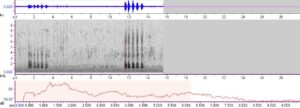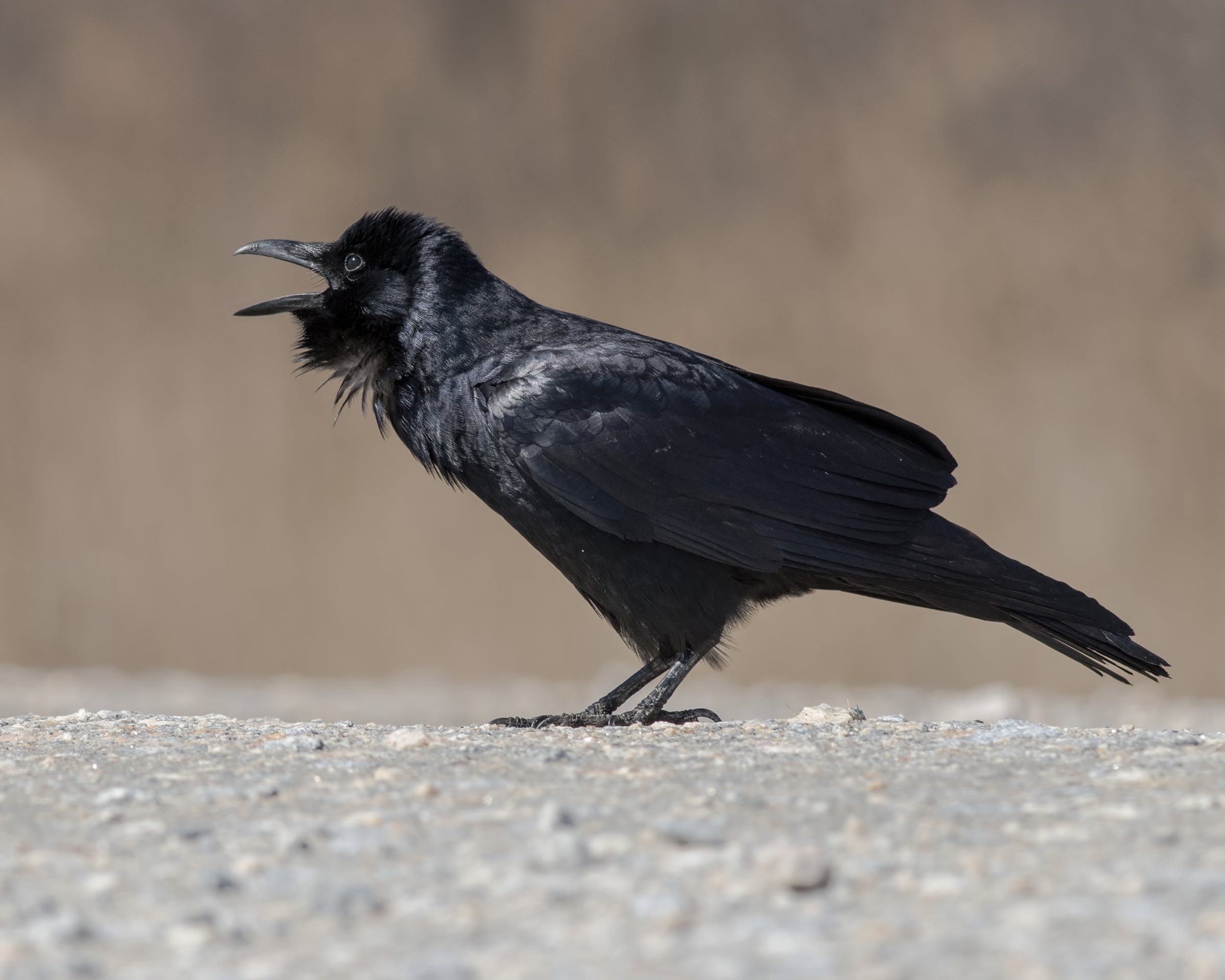This month, we continue to see and hear many young birds. Adults are feeding fledglings, who, despite looking full-grown, are still begging for food as they practice foraging for themselves.
Sometimes the vocalizations of young birds can be confusing and often do not sound like the adults. A great example of this is the American Crow. Adult American Crows make sounds that we expect from a crow — caws, rattles, clicks, and other hoarse-sounding noises. They even have a version of a “song,” which includes a variety of those vocalizations strung together and “sung” at a lower volume for many minutes. Immature American Crows have a nasally quality to their caws when begging; however, that is higher pitched than adults. This poses a challenge to birders’ ears, as they can sound like Fish Crow vocalizations.
In Michigan, most of the crows you encounter are likely to be American Crows. However, there are some areas where you may find fish Crows. One such place is in southwest Michigan, in Berrien County. Visually, these two species are extremely similar, and sometimes the two species are found in the same flock. Take note of the vocalizations, which are the key to differentiating between these two species. Fish Crows have nasal sounding, short call notes, and often repeat a note twice, sounding like someone saying “uh-uh.”
But note once again that young American Crows can sound like Fish Crows! So, if you hear a nasal-sounding crow call this time of year, don’t jump to the conclusion that it’s a Fish Crow.
~ by Linnea Rowse, conservation program coordinator
Featured photo: Fish Crow by Alejandra Lewandowski | APA

Spectrogram of Fish Crow

Spectrogram of American Crow
Spectrograms and audio files available via Project AVoCet.

